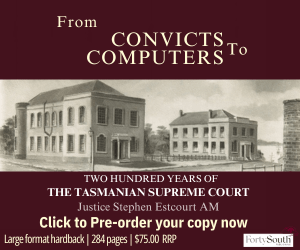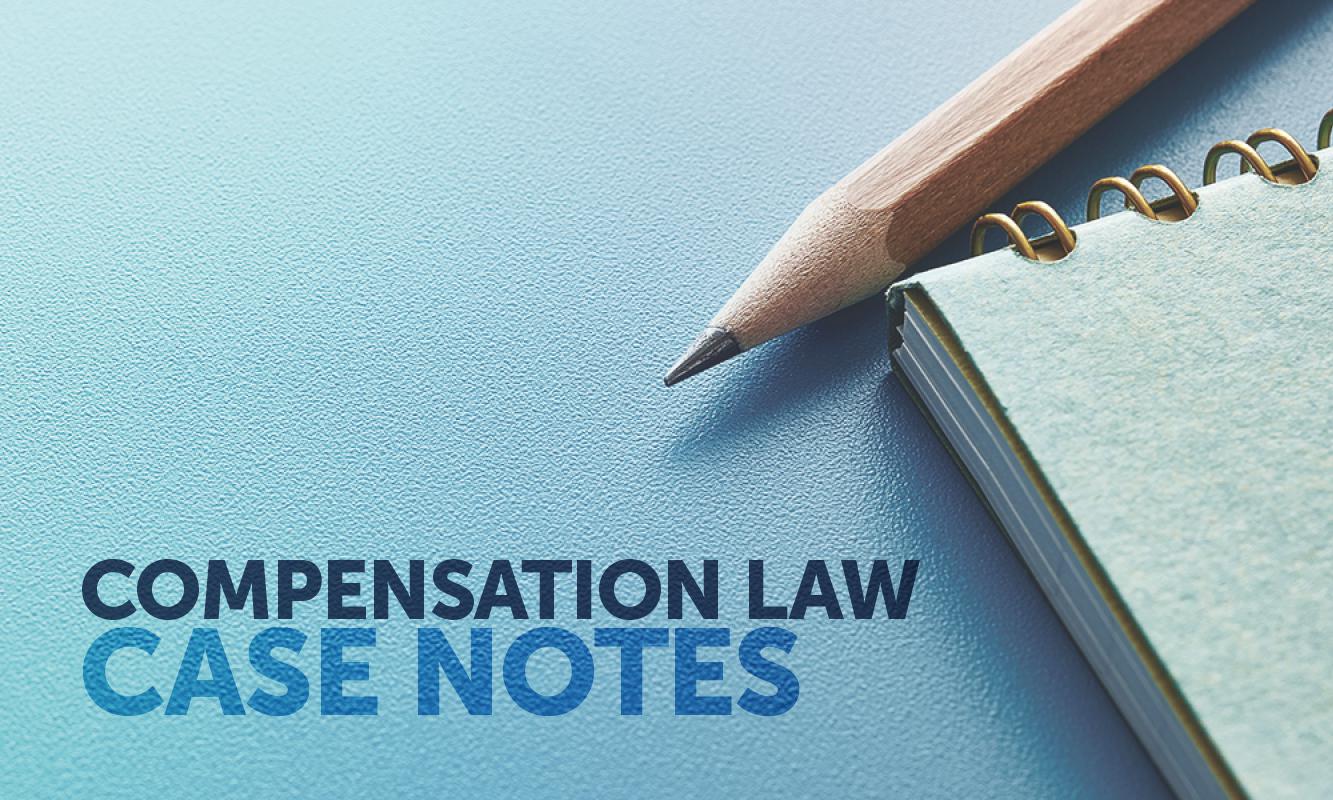The Federal Court has issued national practice notes which apply to all proceedings.
They can be found at fedcourt.gov.au. They include practice notes designated as ‘Special Measures in Response to COVID-19’.
On 20 December 2019, the Federal Court issued eight revised practice notes which took effect from that date and which include a revised Central Practice Note.1
The purpose of the practice notes is to provide information to parties in proceedings in the Federal Court on particular aspects of the court’s practice and procedure.
In addition to the practice notes, a number of guides and forms have been developed and published.
The guides can be found at fedcourt.gov.au and cover topics such as (for example):
- Corporations Law Guide
- Appeals Guide
- Expert Evidence and Expert Witnesses.
The forms are available online at fedcourt.gov.au.
- Central Practice Note
The Central Practice Note2 is the core practice note for court users. All other practice notes are to be read within the framework established in the Central Practice Note. If you intend to bring proceedings in the Federal Court on behalf of your client, you must read it.
As a general rule, a proceeding which is commenced in the Federal Court’s original jurisdiction is commenced by originating application which is in Form 153. Subject to the terms of any applicable practice notice issued by the Chief Justice, an originating application may be accompanied by either a statement of claim or an affidavit4 unless the relief sought includes damages, in which case a statement of claim5 must accompany the originating application6.
The Central Practice Note provides that:
“6.8 A party commencing a proceeding may file a concise statement in support of an originating application. The purpose of a concise statement is to enable the applicant to bring to the attention of the respondent and the Court the key issues and key facts at the heart of the dispute, as well as the essential relief sought from the Court before incurring what might be the considerable cost of preparation of detailed pleadings. The concise statement is not intended to substitute the traditional form of pleading with a short form of pleading, but instead should be prepared more in the nature of a pleading summons, and may be drafted in a narrative form.
6.9 If a concise statement is filed with the originating application, no further originating material in support (whether by statement of claim or affidavit) is required to be filed until the Court orders that to be done.
6.10 The concise statement must not exceed 5 pages (including formal parts) and the Court would expect that ordinarily (except in complex cases) less than 5 pages will be necessary. It will be plain, concise and direct in every regard. It will omit unnecessary repetition and will do no more than summarise:
(a) the important facts giving rise to the claim;
(b) the relief sought from the Court (and against whom);
(c) the primary legal grounds (causes of action) for the relief sought; and
(d) the alleged harm suffered by the applicant, including – wherever possible – a conservative and realistic estimate or range of loss and damage.”
The Central Practice Note provides that the work of the Federal Court is broadly divided into nine National Practice Areas or NPAs, some of which have sub-areas.
The nine NPAs are:- Administrative and Constitutional Law and Human Rights
- Admiralty and Maritime
- Commercial and Corporations
- Federal Crime and Related Proceedings
- Employment and Industrial Relations
- Intellectual Property
- Native Title
- Taxation
- Other Federal Jurisdiction. This covers cases which fall outside the scope of the other NPAs.
Some of the NPAs have what is called sub-areas, which are more specialised areas within the NPA. For example, the Commercial and Corporate NPA has a sub-area called General and Personal Insolvency.
When filing, parties must nominate a relevant NPA (and sub-area, if relevant), which will be taken into account but is not determinative. The appropriate NPA (and sub-area, if relevant) will then be promptly identified and set by the court. The matter will then be allocated to a judge in the relevant NPA (and sub-area, if relevant). In addition, any request for a truly expedited procedure or hearing should be made plain at the time of filing7.
The individual docket system remains in place. This means that a case is allocated to the docket of a particular judge at or about the time of filing with the intention that, subject to any necessary reallocation, it will remain with that judge for case management and disposition.
The Central Practice Note addresses other topics including case management, discovery, evidence and witnesses, and pre-trial case management.
One of the main aims of the Central Practice Note is to ensure that case management is not process-driven or prescriptive, but flexible – with parties and practitioners being encouraged and expected to take a commonsense and co-operative approach to litigation to reduce its time and cost.
- National Practice Area (NPA) practice notes
There are NPA practice notes issued in the areas of Administrative and Constitutional Law and Human Rights8, Admiralty and Maritime9, Commercial and Corporations10, Defamation11, Employment and Industrial Relations12, Federal Crime and Related Proceedings13, Intellectual Property14, Native Title15 and Taxation16.
Each of the NPA practice notes states that it needs to be read together with the Central Practice Note. This means it is essential that you read and are familiar with the Central Practice Note as well as the NPA Practice note which applies to your client’s proceeding.
Amongst other things, the NPA practice notes raise NPA-specific case management principles and can allow for expedited or truncated hearing processes and tailored or concise pleading and other processes. A starting point for practitioners is to read the NPA practice note applicable to the NPA in which your client’s case falls (if there is an applicable NPA). For example, if you are doing a patent case, you would read the NPA practice note issued in the Intellectual Property Area.
Parties may also seek to adopt the processes set out in one NPA Practice note for use in a different NPA17. You may therefore consider reviewing the other NPA practice notes to determine if an alternative process may suit your case better. - General Practice Notes
There are 17 General Practice Note (GPNs) which have also been issued. These practice notes are intended to apply to all or many cases across NPAs, or otherwise address important administrative matters.
For example, the following GPNs might be relevant to a number of different types of proceedings:- Usual Undertaking as to Damages
- Subpoenas and Notices to Produce
- Lists of Authorities and Citations
- Technology and the Court
- Interest on Judgments.
- Appeals practice notes
The relevant practice note can be found at fedcourt.gov.au.
A special practice note for appeals has been issued in response to COVID-19 and can be found at fedcourt.gov.au.
Kylie Downes QC is a member of Northbank Chambers and the editorial committee of Proctor.
Footnotes:
1 Found at fedcourt.gov.au/law-and-practice/practice-documents/new-practice-notes.
2 Found at fedcourt.gov.au/law-and-practice/practice-documents/practice-notes/cpn-1.
3 Rule 8.01.
4 Rule 8.05(2).
5 In Form 17: see rule 8.05(3).
6 Rule 8.05(1).
7 See fedcourt.gov.au/law-and-practice/practice-documents/practice-notes/cpn-1 at [6.7].
8 Found at fedcourt.gov.au/law-and-practice/practice-documents/practice-notes/aclhr-1.
9 Found at fedcourt.gov.au/law-and-practice/practice-documents/practice-notes/a-and-m-1.
10 Found at fedcourt.gov.au/law-and-practice/practice-documents/practice-notes/c-and-c-1.
11 Found at fedcourt.gov.au/law-and-practice/practice-documents/practice-notes/def-1.
12 Found at fedcourt.gov.au/law-and-practice/practice-documents/practice-notes/e-and-ir-1.
13 Found at fedcourt.gov.au/law-and-practice/practice-documents/practice-notes/crim-1.
14 Found at fedcourt.gov.au/law-and-practice/practice-documents/practice-notes/ip-1.
15 Found at fedcourt.gov.au/law-and-practice/practice-documents/practice-notes/nt-1.
16 Found at fedcourt.gov.au/law-and-practice/practice-documents/practice-notes/tax-1.
17 See fedcourt.gov.au/law-and-practice/practice-documents/practice-notes/cpn-1 at [6.5].













Share this article